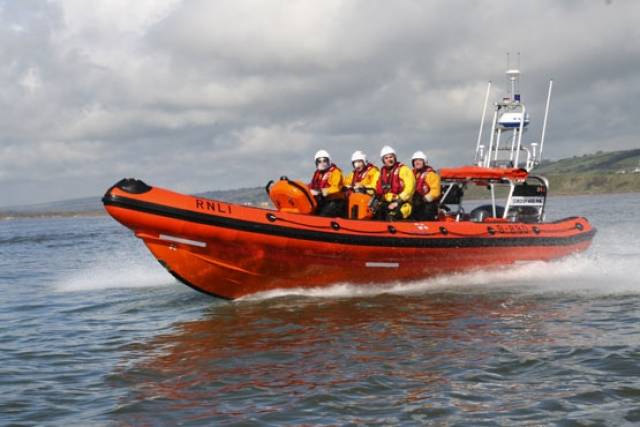#RNLI - Youghal RNLI in East Cork was requested to launch twice this past Sunday (24 July) to separate reports of a boat with engine trouble and a missing person.
The volunteer lifeboat crew were first called upon to launch their Atlantic 85 inshore lifeboat at 12.40pm following a report that a small inflatable boat with two people onboard had appeared to have engine trouble somewhere between Youghal Lighthouse and East Point in Youghal Bay.
Weather conditions at the time were described as good, with a south westerly gentle wind blowing and a slight swell.
Once on scene, the lifeboat crew observed that the boat had made its way to shore near Moll Goggin's Corner. The two men with it were safe and well and happy to recover the boat themselves.
Speaking following the callout, Youghal RNLI helm Jason Ansbro said: "A member of the public on Lighthouse Hill did the right thing this afternoon and raised the alarm when they felt someone was in difficulty.
"Both men onboard were sensible and wearing lifejackets at the time."
The second callout of the day came at 10.45pm, when the lifeboat was requested to join in a search for a person reported missing in the water on the Waterford side of Youghal Bridge.
Youghal Coast Guard Unit and the Irish Coast Guard helicopter Rescue 117 from Waterford were also involved. But local Garda soon informed the rescue services that they were happy that nobody was missing and asked all agencies to stand down.
































































